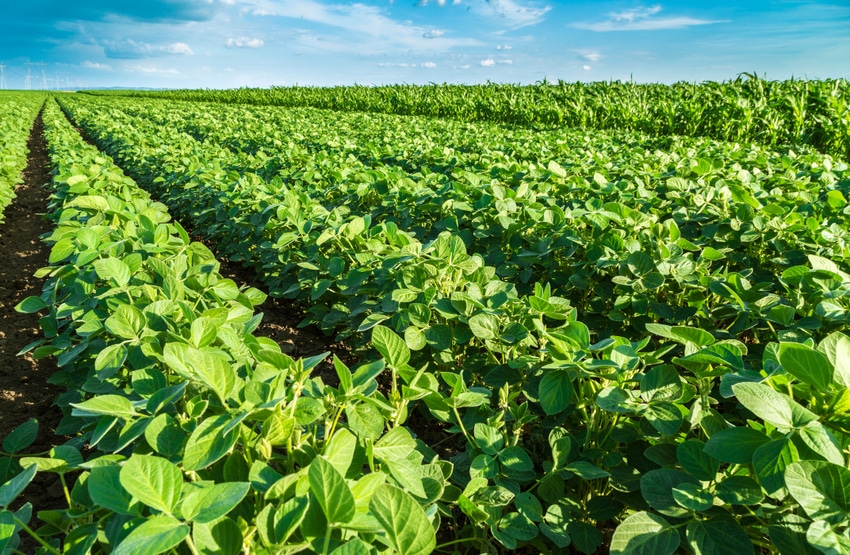
A couple of weeks ago, I told you how happy most soybean producers were in Southern Brazil. Today, I chatted with farmer and ag engineer Naildo Lopes up in Mato Grosso, Brazil’s top soybean state. And he seems pretty pleased, too.
He said that in his part of the state—the middle-north of a state in which Illinois would fit six times—the soybean harvest is in full swing, with producers averaging 47½ bushels per acre despite some recent challenges with rains interrupting the operation of combines.
Better crop
“The crop this year is better than last year,” he says, “but excess moisture has caused a lot of concern because we still have 50% of the soy area to be harvested, though we’re hoping to get it finished by March 20th.”
And the crop needs to be better than the El Nino-affected 2015-16 crop. “Production costs for this crop are greater than those of 15-16, chiefly in terms of elevated costs for pest and disease control and the purchase of seed,” Lopes says. “I estimate that, on average, costs are 20% greater (in local currency) compared to the prior crop.”
Producers, he added, aren’t at all happy with rising diesel, freight and tax costs. In fact, margins are tight enough that a good number of small producers have dropped out of production this year in his area.
Looking ahead
Lopes added that second-crop corn should be planted on about half of those harvested soy acres in his region, by February 20th, in order to ensure enough moisture to keep the crop safe.
“I can tell you,” he said, that the weather has been favorable in our area up until pod-fill, but now, in pod formation, it isn’t favorable,” he said. “But it’s good for corn.”
The opinions of the author are not necessarily those of Farm Futures or Penton Agriculture.
About the Author(s)
You May Also Like






